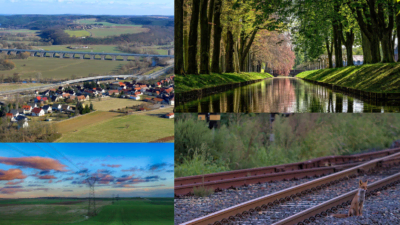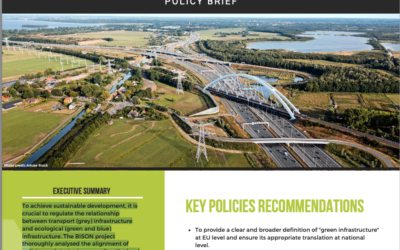|
The transport sector is undergoing changes which have been made possible by recent advancements in vehicle, energy, and communication technology which, if used appropriately, can help to create safer, cleaner, more efficient, and equitable transport. Alongside the need to mitigate climate change and adapt infrastructure to withstand it, this technology can provide opportunities to develop a sustainable and resilient transport sector.
“To accomplish these changes we need stronger governance and more ambitious and aligned policies, as well as cross-sectoral collaboration,” says Dr Andreas Seiler, originally talking in Swedish. New regulatory frameworks, economic incentives, support, and the rapid implementation of mitigation measures are also needed.
But the central element of sustainable transport policy must be reducing transport demands. “We need to reduce unnecessary transportation”, the researcher continues. This requires both the external costs of transport being internalised and alternatives to travelling being provided, such as supporting remote working, developing digital communication, or encouraging carpooling for transporting people and goods. We need to travel less not more.
This however requires both awareness and acceptance at both the individual and public level. “The general public, stakeholders, and political leaders must be prepared to change their attitudes and behaviour – and this is perhaps where the greatest obstacle lies,” continues Dr Andreas Seiler.
At the same time, it is essential to adapt and improve existing infrastructure to improve their synergy with the environment. “To build sustainable transport, we need to integrate solutions into the very structure of transport itself,” explains Dr Carme Rossell, speaking in Spanish. “Just as safety requirements have become commonplace, adaptations to biodiversity and climate change must be an integral part of road, rail, or waterway engineering.”
|


 This project has received funding from the European Union’s Horizon 2020 research and innovation programme under grant agreement
This project has received funding from the European Union’s Horizon 2020 research and innovation programme under grant agreement 